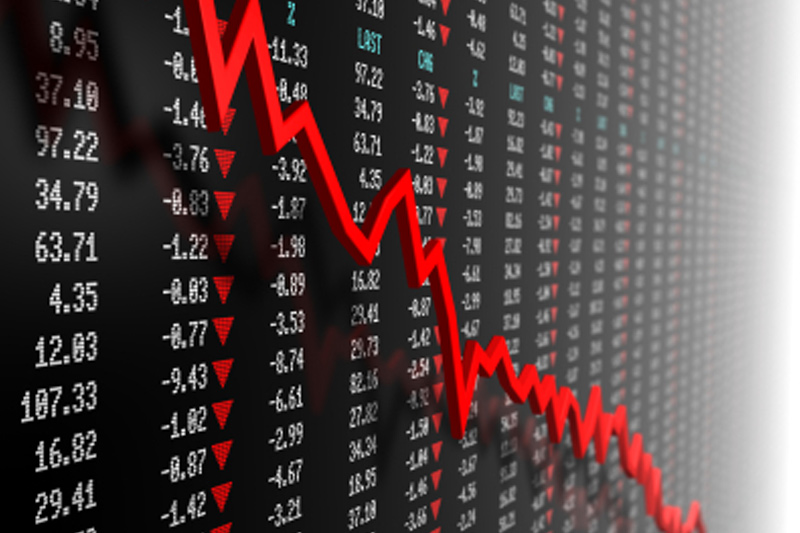Investing.com – Manufacturing activity in the Philadelphia-region plunged in May, declining sharply for the second consecutive month official data showed on Thursday.
In a report, the Federal Reserve Bank of Philadelphia said that its manufacturing index plummeted to 3.9 in May, compared to April’s reading of 18.5.
Analysts had expected the index to increase to 20.0 in May.
The index climbed to a 27-year high of 43.4 in March.
On the index, a reading above 0.0 indicates improving conditions, below indicates worsening conditions.
Nearly all of the survey’s broadest indicators remained positive but fell from their readings in the previous month. The current employment index, however, showed resilience and improved this month.
Indicators for prices fell back somewhat from their relatively high readings of recent months but still suggest considerable price pressure.
The survey’s indicators of future activity fell sharply this month, reflecting consensus about future growth.
Following the release of the data, the U.S. dollar was down against the euro, with EUR/USD climbing 0.11% to hit 1.4266.
Meanwhile, U.S. equity markets were mixed. The Dow Jones Industrial Average eased up 0.05%, the S&P 500 index dipped 0.1%, while the Nasdaq Composite index edged 0.05% lower.
In a report, the Federal Reserve Bank of Philadelphia said that its manufacturing index plummeted to 3.9 in May, compared to April’s reading of 18.5.
Analysts had expected the index to increase to 20.0 in May.
The index climbed to a 27-year high of 43.4 in March.
On the index, a reading above 0.0 indicates improving conditions, below indicates worsening conditions.
Nearly all of the survey’s broadest indicators remained positive but fell from their readings in the previous month. The current employment index, however, showed resilience and improved this month.
Indicators for prices fell back somewhat from their relatively high readings of recent months but still suggest considerable price pressure.
The survey’s indicators of future activity fell sharply this month, reflecting consensus about future growth.
Following the release of the data, the U.S. dollar was down against the euro, with EUR/USD climbing 0.11% to hit 1.4266.
Meanwhile, U.S. equity markets were mixed. The Dow Jones Industrial Average eased up 0.05%, the S&P 500 index dipped 0.1%, while the Nasdaq Composite index edged 0.05% lower.
